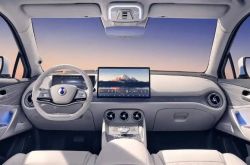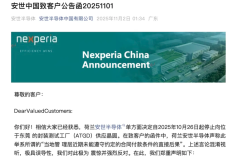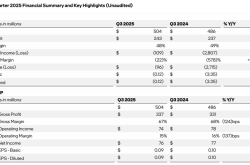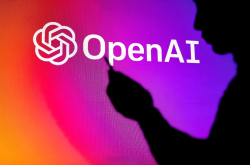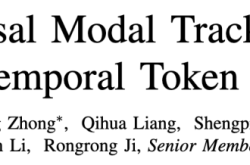New Energy Vehicles: From Price Wars to AI Wars? Navigating the Intelligent Driving Arms Race
![]() 04/10 2025
04/10 2025
![]() 613
613
In China's dynamic new energy vehicle (NEV) market, Tesla has long led the charge in price wars. However, recently, the landscape has shifted as NEV companies have reduced their focus on price competition and instead intensified their rivalry in autonomous driving. How should we interpret this burgeoning arms race in intelligent driving?

I. New Energy Vehicles: From Price Wars to AI Wars?
According to China News Weekly, just four months into 2025, a shift is evident in the automotive industry's press conferences. Executives are no longer touting driving range and charging speed but frequently mentioning 'AI.' As the transition from traditional fuel vehicles to electrification continues, 'AI-defined vehicles' have arrived with a bang.
"The second half of competition in new energy will center around intelligence, or more precisely, AI intelligence," said Gan Jiayue, CEO of Geely Automobile Group, at Geely's AI Intelligent Technology Conference on March 3.
From ChatGPT to DeepSeek, large AI models have emerged as a new form of productivity. Ouyang Minggao, an academician of the Chinese Academy of Sciences and vice chairman of the China Electric Vehicle Hundred Person Council, predicts that the 'AI +' trend in the automotive field will explode, pervading the entire automotive industry chain from design to manufacturing, sales, and maintenance.
A research report by Fuji Chimera Research Institute reveals that in 2024, production of L2 autonomous vehicles reached 45.13 million units, while L3 autonomous vehicles totaled 300,000 units.

The autonomous driving field is a significant driver of AI innovation, pushing AI systems to handle complex and unpredictable real-world scenarios. This development not only fosters technological innovation but also offers consumers a safer and more convenient driving experience.
Moreover, the market is still growing. Li Auto recently unveiled the MindVLA large model, a new generation of autonomous driving technology that combines vision, language, and behavior intelligence. MindVLA not only enables autonomous driving but also understands user needs, making the vehicle a 'professional driver.' It is expected to debut alongside Li Auto's i8 this July.
On March 18, Feng Xingya, chairman and general manager of GAC Group, announced that GAC's flagship intelligent technology brand, the ADiGO intelligent driving and connectivity ecosystem, has officially entered the 6.0 era, known as 'Xingling Zhixing' in Chinese.
Furthermore, Tesla CEO Elon Musk revealed the company's latest AI and intelligent assisted driving advancements at an employee meeting. Tesla's Cortex computing center now boasts over 50,000 GPUs and will soon exceed 100,000, ranking among the top five supercomputing centers globally. The next-generation Dojo 2 supercomputer will offer ten times the performance of its predecessor, further enhancing training efficiency.
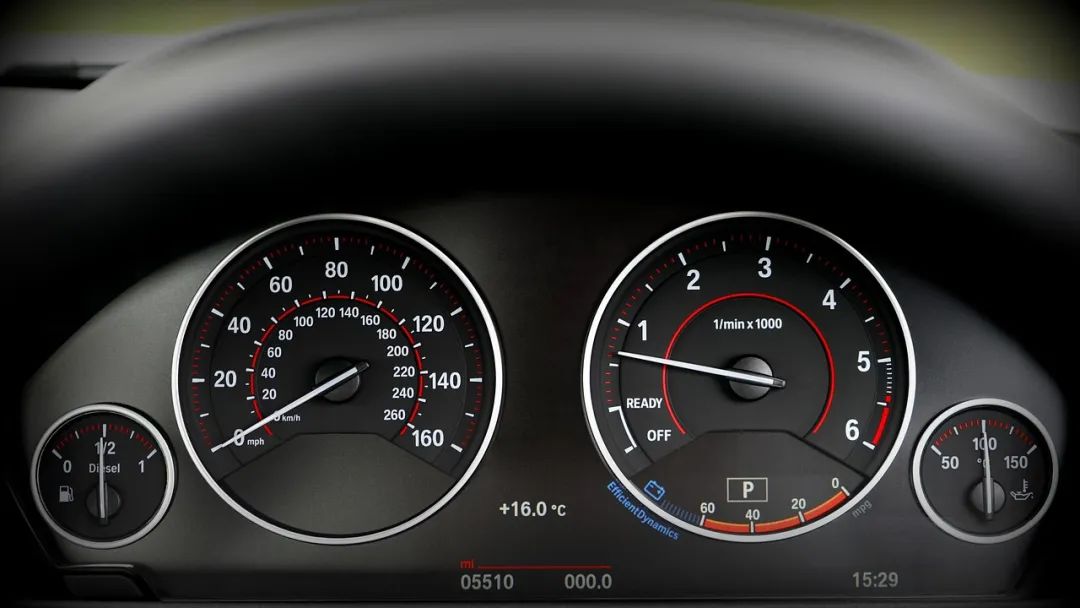
II. Navigating the Intelligent Driving Arms Race
As the market matures and the industry deepens, a clear trend emerges: NEVs are transitioning from price wars to AI intelligent driving competition. How should we view this trend?
Firstly, the pitfalls of price wars inevitably drive a shift in market competition. In the early stages of NEV development, price wars were a primary means for companies to secure market share. However, this strategy is inherently unsustainable. While it may spur short-term sales growth, it ultimately lowers the level of market competition, hindering industry development. Price wars also compress profit margins, forcing companies to focus on cost control, which can compromise product quality and R&D investment.
Secondly, intelligent driving has emerged as a new market differentiator. Unlike the mature and homogeneous components of NEVs (batteries, motors, and electric controls), intelligent driving offers higher technological content and a higher barrier to entry, better reflecting a company's core competitiveness and innovation capabilities.
With rapid advancements in AI technology, intelligent driving aligns with industry trends. Equipped with advanced sensors, chips, and algorithms, intelligent driving systems enable autonomous and assisted driving, offering users a more convenient, safe, and comfortable travel experience. This technology not only innovates traditional driving modes but also points to the future of travel.
Thirdly, intelligent driving directly enhances user experience. For NEV users, the benefits of intelligent driving systems are immediate. Features like adaptive cruise control, lane-keeping assistance, and automatic emergency braking can significantly reduce driving burden and improve safety and comfort.
Take parking, a headache for many drivers, especially novices. Vehicles with intelligent parking can automatically identify spaces and complete parking maneuvers, making the process easier and more efficient.
Fourthly, the pricing trend of intelligent driving aligns with competitive logic. As intelligent driving technology evolves, adhering to Moore's Law, costs decrease, and prices fall, making this technology accessible to more consumers. The concept of 'intelligent driving equality' has become a popular slogan for many auto companies.
In the past, intelligent driving technology was exclusive to high-end luxury models. Today, technological progress has led to price equalization, allowing more companies to incorporate intelligent driving into mid- and low-end models. BYD, leveraging its technological and scale advantages, has brought its high-level intelligent driving system, 'Eye of Heaven,' to the 100,000-yuan market segment, breaking the perception that 'intelligent driving equals high prices.'
The concept of 'intelligent driving equality' not only reflects technological trends but also showcases companies' keen understanding of market demand. By achieving price equality, companies can attract more consumers, expand market share, and promote the popularization of intelligent driving technology, driving industry development.
Fifthly, technological competition, represented by intelligent driving, will be the general trend. In the long run, intelligent driving competition is a superior strategy to price wars. As intelligent driving technology becomes more prevalent and mature, NEVs will enter a new phase of competition. Companies leading in intelligent driving technology will gain a significant market advantage.
Advanced intelligent driving technology enables companies to offer more advanced, safer, and comfortable products and services, enhancing user satisfaction and loyalty. It also boosts brand image and market competitiveness, attracting investors and partners, and providing stronger support for corporate development.
It is foreseeable that intelligent driving will become the core focus of NEV market competition. Companies will compete in technological research and development, product innovation, and market promotion, driving continuous advancements in intelligent driving technology. With the integration of emerging technologies like 5G, AI, and big data, the prospects for intelligent driving will broaden, profoundly impacting the transportation industry, enhancing efficiency, reducing accidents, and alleviating urban traffic congestion.

In conclusion, achieving differentiated competition through intelligent driving technology innovation and application is the correct path for NEV industry development. In this intelligent driving arms race, only those companies that dare to explore new technologies and break traditional frameworks will emerge victorious.

